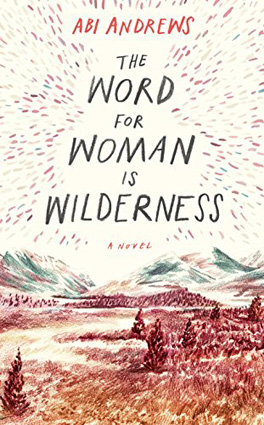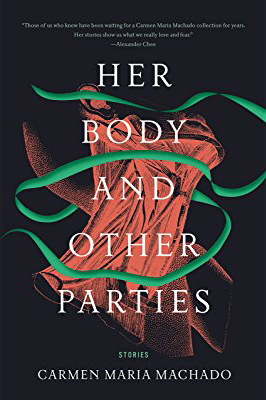Part of me was so drawn to reading “Felix Culpa” simply for the sheer audacity of its creation and out of a curiosity to see how it would work. This is a novel that’s composed almost entirely from the lines of other works of fiction by (approximately) eighty authors as varied as Italo Calvino, Willa Cather, Arthur Conan Doyle, Jack Kerouac, Cormac McCarthy and Mary Shelley. In poetry this is known as a cento where different verses or passages from multiple authors are composed into a new order. Jeremy Gavron forms in this fictional collage experiment a story about a young man named Felix who mysteriously died after he was arrested in a botched robbery. The narrator is a writer/teacher at the prison where Felix was incarcerated and he embarks on a mission to discover more about Felix’s life and what happened to him. Amidst his travels to interview people Felix encountered he slides into his own epistemological crisis and radically alters his life. It’s a moving tale in itself, but through the very nature of its innovative construction it also poses fascinating questions about the meaning of narrative and the way in which readers connect with fiction.
I think one of the greatest works of art produced thus far in the 21st century is Christian Marclay’s video art installation ‘The Clock’. This is a looped 24-hour video montage that takes scenes from hundreds of films and television shows featuring clocks that are synchronized to show in real time. In doing so, these pieces of disparate video footage link up in a mesmerising way and meaningfully comment upon the way we are all caught in the flow of time. It’s interesting how when we’re confronted with a series of fictional works that are artfully mixed together we begin to imaginatively form narratives in our heads. As I was reading “Felix Culpa” I became aware that I was filling out scenes or adding details to characters based only on a few suggestive phrases that Gavron has paired. Of course, this is what we do all the time when reading fiction. But, somehow, because I was aware that this narrative was a construct of preformed sentences, I had a greater self-consciousness about the active role I play as a co-creator of the fiction that I’m reading.
Some sources used for the text of Felix Culpa
In the course of reading this novel I also became more aware of the playful ambiguity of language and the plasticity of sentence construction. Lines or phrases that mean something in one context can come to mean something entirely different in another. Again, this is something fiction does all the time and part of its great beauty is how it can mean many things all at once. In this novel lines are spaced out with gaps in between them to demarcate how they’ve been taken from different sources. This also has the effect of highlighting passages and the reader must take an infinitesimally small pause in going from one line to another. This is something that’s often done in poetry, but in this book lines consciously flow together to form a cohesive narrative. So a line like “Time comes to leave” stands on its own. This has a meaning within the story where it’s time for a character to depart to go somewhere else. However, staring at this line on its own it also takes on connotations of how time is fleeting, that a moment only arrives to depart. But, in reading these lines on their own, I also often felt curious about how this line might have been used in its original story.
What’s impressive about “Felix Culpa” is that this elaborate self-conscious assembly of hypertext doesn’t detract from the pleasure of the story Gavron forms himself. I felt totally emotionally drawn into this tale and sympathised with Felix’s struggles in life as the narrator uncovers piece after piece about the journey that led to Felix’s untimely death. This character is formed more through an outline than through direct descriptions of Felix himself, yet the reader is still keyed into the ambiguities of Felix’s heart and mind. I grew to feel a sense of loneliness in Felix where his circumstances led him to make poor choices and end up in isolation. I haven’t felt this way about a character since reading about the nearly silent figure of Stevie at the centre of Rachel Seiffert’s brilliant novel “The Walk Home”. Felix’s struggle is something that the narrator of the novel also connects with and his obsession with Felix’s plight says something significant about the unspoken crisis in the narrator’s own life. This novel is a richly rewarding work of art.






















